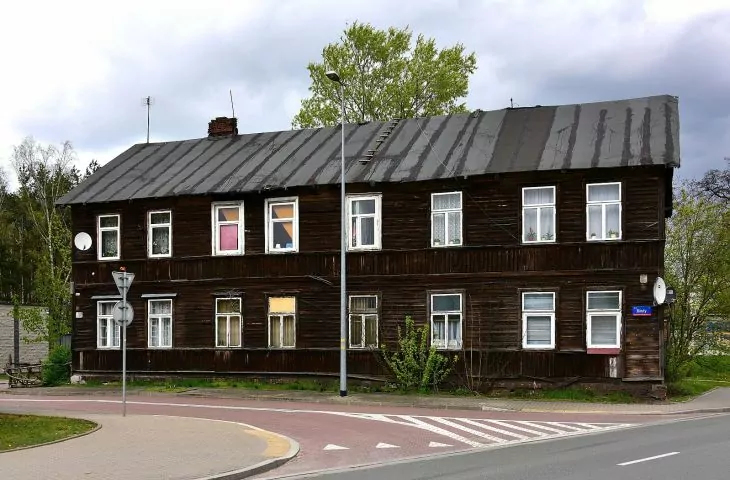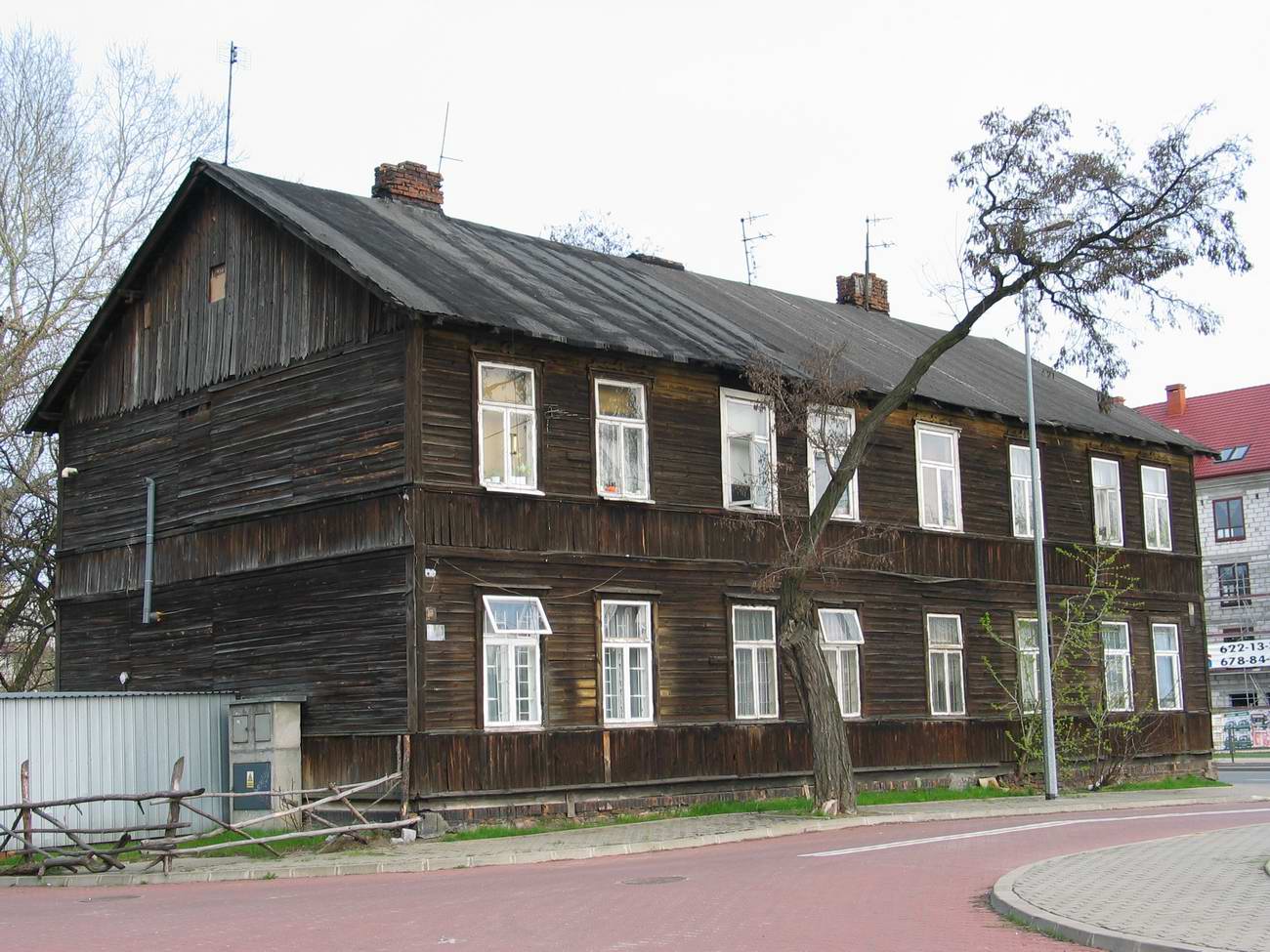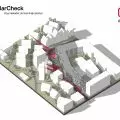Modern Targowek is rather associated with apartment blocks or developer complexes. Meanwhile, a hundred years ago, wooden, low-rise buildings dominated. The last such original house, which survived right next to the Jewish cemetery, has recently been entered in the register of monuments. On Birut Street, surrounded by concrete, it is a monument to history, unusual architecture and former residents.
the last such wooden building
The one-story rental house at 18 Biruta Street stands right next to the contemporary gate of the Jewish Cemetery in Warsaw's Bródno district. The decision to make the clog house a monument was made by provincial conservationist Prof. Jakub Lewicki, due to its preserved artistic, historical and scientific values.
Unfortunately, the cottage, built more than a century ago, is deteriorating at an alarming rate. On the outside, there are broken boards, a leaking roof patched with tar paper, crooked shutters, in the crevices of which the wind blows. The old wooden house has no comprehensive fire protection system. Nevertheless, it remains inhabited. Activists, followed closely by councilors, are calling for conservation care and renovation.
The facade of the building at Birut 18 | photo: dziendobrywarszawo.pl
Last year, the clog on Biruta Street was surrounded on all sides by red-and-white caution tape, and plaques were nailed to the walls with the words"Caution Danger! Overstaying risks injury and death." Just when everyone thought this was the end of the story of a historic house with an unusual history, the Historic Preservationist, an organization called Collectors of Time, applied for the building to be placed under protection. The condition of the building seemed to raise doubts that protection was still possible. However, the request was supported not only by residents, but also by councilors and experts.
A century-old clog among the concrete
According to provincial preservationist Jakub Lewicki, the two-story woodshed, along with all the outbuildings, was built around 1912, as were most of the buildings in the area. The property was bought by spouses Antonina and Baltazar Paprocki from the village of Targówek. It remained in the hands of their heirs until 1945. In the interwar years, apartments were rented here by, among others, the graphic artist Jerzy Miller, the ballet master of the Warsaw Opera Jan Jakubowski, the revolutionary activist from the tsarist era Klemens Markowski, the varsavianist Rafal Stolarski, the pilot who defended the country in 1939. Stanislaw Wapowski and later participant in the battle for Monte Cassino Czeslaw Osinski.
A century-old house on Biruta Street | WikiCommons photo: Vindur
wooden Targówek
The wooden buildings of the Targówek district survived World War II without major damage. Then it was gradually dismantled in connection with the urbanization of this area of the city: the construction of housing estates and the reconstruction of the Żaba interchange. The road works of 1999-2000 resulted in the fact that the property at 18 Biruta Street, which was originally distant from St. Vincent Street, is today located in the immediate vicinity of its busy roadway.
Available sources indicate that during World War II it housed a field hospital. Shortly after the war, the rental house was taken over by the quaternity. For the next several decades, it was said that the timber house was destined for demolition and so slowly awaited its next fate.
After numerous appeals by city councilors and activist organizations, the conservator took custody of the Paprocki house. In his justification,he stressed the historical value of the building, which is a mainstay of the wooden buildings in thearea a century ago and a document of the former Biruta Street, while its well-known tenants and wartime fate are part of the city's history. As Jakub Lewicki writes in his justification:
The historical value of the building is extremely important, as it is one of the last testimonies of the former wooden buildings of Targówek, furthermore documenting the historical course and former building line of Biruta Street. It is now one of the few surviving wooden buildings from the early 20th century in the district, serving unchanged residential functions since its construction. (...)
The scientific value of the above-mentioned building stems from its material layer - including the technology of construction, the building materials used and their elaboration, as well as the technical and functional solutions that characterize wooden architecture of the early 20th century, providing material for research on wooden housing and rental housing in the suburbs of old Warsaw.






















